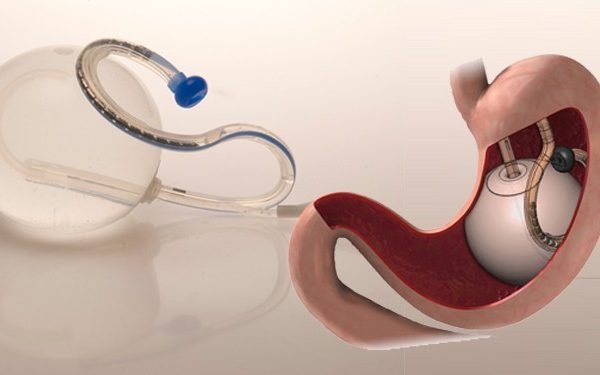When Did the Scrap Metal Problem Emerge in the Automotive Industry?

In a rapidly evolving automotive industry, the issue of scrap metal has become an increasingly prominent concern. Let’s delve into the timeline of when this problem first emerged and understand the implications it holds for the sector.
The Early Stages
The roots of the scrap metal problem in the automotive industry can be traced back to the early 20th century. As the industry began to flourish, there was a notable lack of efficient recycling and disposal methods. This led to the accumulation of discarded vehicles and parts, creating an environmental challenge. Cash for scrap cars Brisbane
Post-World War II Era
The aftermath of World War II marked a significant period of growth for the automotive industry. With increased production came a surge in scrap metal generation. During this time, the environmental consequences of inadequate waste management became even more evident.
1970s – A Turning Point
The 1970s brought a pivotal turning point in the scrap metal problem. Environmental concerns were gaining prominence, and regulations on vehicle emissions and waste disposal began to tighten. The automotive industry had to adapt to these new norms, leading to the introduction of recycling programs and more sustainable practices.
1980s – Rise of Recycling
The 1980s witnessed a notable shift toward recycling in the automotive sector. Recycling centers for metals and materials from end-of-life vehicles became more commonplace. Manufacturers started designing vehicles with recyclability in mind, making the industry more eco-friendly.
Also, Explore more about How2Invest and get your investment journey started.
The 21st Century – Sustainability Takes Center Stage
In the 21st century, the automotive industry faced growing pressure to become more sustainable. Environmental consciousness and consumer demands for eco-friendly vehicles pushed manufacturers to explore alternative materials and recycling processes. Car body removals Ipswich
The Present Day – Striving for Zero Waste
Today, the scrap metal problem continues to be a critical issue in the automotive industry. However, there is a concerted effort to minimize waste through innovative methods. Automakers are focusing on producing vehicles with fewer materials and enhancing the recyclability of existing components.
Implications for the Automotive Industry
The emergence of the scrap metal problem has led to significant changes in the automotive sector. These changes include:
Sustainability Initiatives: Automakers are investing in sustainable practices, such as designing vehicles with recyclable materials and reducing waste during production. https://eltonjohnwashingtondc.com/
Recycling Programs: Recycling centers have become integral to the automotive industry’s supply chain, ensuring that discarded vehicles are disposed of responsibly.
Consumer Awareness: Consumers are now more conscious of the environmental impact of their vehicle choices, prompting manufacturers to prioritize sustainability.
Regulatory Compliance: Stricter environmental regulations have forced the industry to adopt greener practices, minimizing the scrap metal issue.
In conclusion, the scrap metal problem in the automotive industry emerged gradually over the years, driven by rapid growth and a lack of initial waste management practices. However, the industry’s response to this issue has evolved, with a strong emphasis on sustainability and recycling. As we move forward, the automotive industry is expected to continue its efforts to reduce waste and minimize its environmental footprint.




